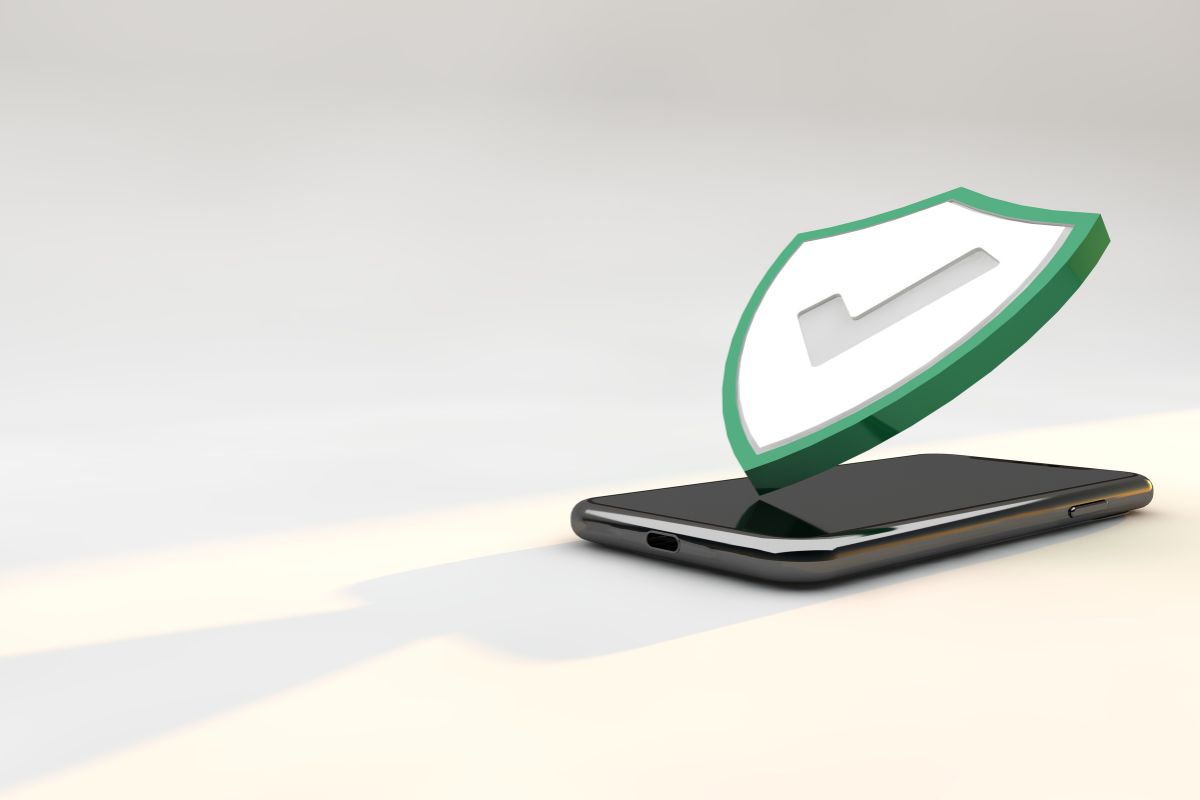How To Protect Your Device From Ransomware

Ransomware is one of the most prevalent and destructive types of malware in the digital world. It has caused billions of dollars in damage to individuals, businesses, and governments worldwide. Ransomware attacks involve cybercriminals infecting a device or network with malicious software that encrypts files and demands payment for their release. Once infected, victims have few options but to comply with the attacker’s demands or risk losing critical data.
With this ever-increasing threat looming over our heads, it is essential to take proactive measures to protect our devices from ransomware attacks. In today’s interconnected world, where we use multiple devices to access sensitive information such as bank accounts, passwords, and personal photos – no one can afford to be complacent about security. This article will provide valuable insights into how you can safeguard your device against ransomware by adopting simple yet effective strategies. We will explore techniques ranging from regular backups to implementing robust antivirus solutions that can help prevent these devastating attacks before they happen.
The consequences of not protecting your device from ransomware are severe and far-reaching. The loss of confidential data could lead to identity theft or financial ruin; critical business operations may grind to a halt due to system failures resulting from an attack. Therefore, it is crucial always to stay vigilant when using any device connected to the internet and ensure that all necessary precautions are taken against potential threats. By following some simple guidelines outlined in this article, you can reduce your vulnerability towards ransomware significantly while enjoying greater peace of mind knowing your data is safe and secure.
Install Anti-Virus Software
In a world where digital criminals lurk around every corner, protecting your device from ransomware is of utmost importance. Ransomware, like a virus that infects and takes over the body, can encrypt all of your files and demand payment for their release. The consequences of falling victim to this kind of attack can be catastrophic – it’s as if you’ve lost everything valuable in one fell swoop.
One effective way to protect yourself from ransomware attacks is by installing anti-virus software on your device. Anti-virus software acts as an immune system for your computer or mobile phone, detecting and removing any malware before it has a chance to do harm. It works by scanning incoming data packets for known patterns of malicious code, blocking them before they can infiltrate your system. This means that even if you accidentally download an infected file or click on a suspicious link, the anti-virus software will alert you and prevent the threat from spreading.
However, not all anti-virus software is created equal. Some are more comprehensive than others when it comes to identifying and neutralizing new strains of malware. To make sure you’re getting the best protection possible against ransomware (and other types of cyber threats), look for anti-virus software with real-time scanning capabilities, automatic updates, and heuristic analysis features.
In summary, installing anti-virus software is crucial for safeguarding your device against ransomware attacks. By acting as a powerful shield against potential threats and providing ongoing monitoring and protection services, reliable anti-virus software helps ensure that your confidential data stays safe from unauthorized access or theft. In the next section, we’ll discuss another important step toward securing your device: backing up your data regularly.
Back-Up Your Data Regularly
In the digital age, ransomware is one of the most menacing threats to personal and organizational cybersecurity. It is a type of malicious software that encrypts files on an infected device or network, making them inaccessible until a ransom is paid for their release. The consequences of falling victim to this kind of attack can be devastating in terms of data loss, financial loss, and reputation damage. Therefore, it is crucial to take proactive measures to protect your device from ransomware.
One such measure is backing up your data regularly. This involves creating copies of important files and storing them in another location, either physically or digitally. By doing so, you can ensure that even if your device gets infected with ransomware, you will not lose access to your critical information. Moreover, having backups allows you to restore your system to its previous state without paying the ransom demanded by cybercriminals. In essence, backup serves as a safety net against the potential havoc caused by ransomware attacks.
Symbolically speaking, backup acts like a shield that protects your valuable possessions from harm’s way. Just as ancient warriors used shields to defend themselves against enemy attacks in battlefields, modern users use backups to defend their data against cyberattacks in cyberspace. Furthermore, just as soldiers trained tirelessly to master shield techniques and create formations that maximized protection while minimizing vulnerability, computer users must also develop good backup habits and strategies that minimize risks while maximizing recovery options.
Backing up your data regularly is an essential step towards protecting your device from ransomware attacks. It provides peace of mind knowing that you have a contingency plan in place should the worst happen. However, while backing up helps reduce risk exposure significantly when implemented correctly; it does not eliminate all vulnerabilities entirely. Thus it is imperative always to remain vigilant and exercise caution when browsing online – especially when dealing with email attachments and links ?as these are two common ways through which malware may infect devices unsuspectingly.
Be Careful With Email Attachments And Links
To protect your device from ransomware, it is essential to be cautious with email attachments and links. Cybercriminals often use phishing emails to trick users into downloading malicious software onto their devices or clicking on a link that leads them to a fake website where they are prompted to enter personal information. These tactics can result in the installation of ransomware, which can encrypt files on your computer and demand payment for access.
One way to avoid falling prey to these attacks is by being vigilant about suspicious emails. Do not open any attachments unless you are certain they come from a legitimate source, and do not click on any links unless you have verified that they lead to a trustworthy website. Additionally, it is advisable to keep your operating system and antivirus software up-to-date as this helps ensure that known vulnerabilities are patched and new threats are detected promptly.
Furthermore, educating yourself on how cybercriminals operate may also help reduce the risk of becoming a victim of ransomware. For instance, some attackers opt for sending emails with alarming subject lines designed to create panic and urgency in recipients’ minds; such messages should be treated with caution. Lastly, if you suspect that your device has been infected with ransomware, disconnecting it from the internet immediately will prevent further damage while seeking assistance from an IT professional who has experience dealing with similar incidents could save you time and money down the line.
In summary, protecting your device from ransomware requires careful consideration of email attachments and links as well as staying informed about current trends in cybercrime. Vigilance when receiving unsolicited communications online reduces the chances of accidentally inviting malware onto your computer systems. Furthermore, always remember to keep all security measures updated regularly so that your protection remains intact against evolving threats posed by hackers around the world today!
Conclusion
Ransomware is a growing threat to device security, and it’s important for users to take steps to protect themselves. Installing anti-virus software can help detect and prevent malware from infecting your device. Backing up data regularly can also be crucial in case of an attack.
However, prevention doesn’t stop there. Users must also exercise caution when opening email attachments or clicking on links from unknown sources. It only takes one mistake for ransomware to infiltrate a system and cause irreparable damage.
In conclusion, protecting devices from ransomware requires constant vigilance and proactive measures. By following these simple steps, users can minimize the risk of falling victim to this dangerous form of cybercrime. But ultimately, the question remains: will you take the necessary precautions to ensure your device’s safety?




